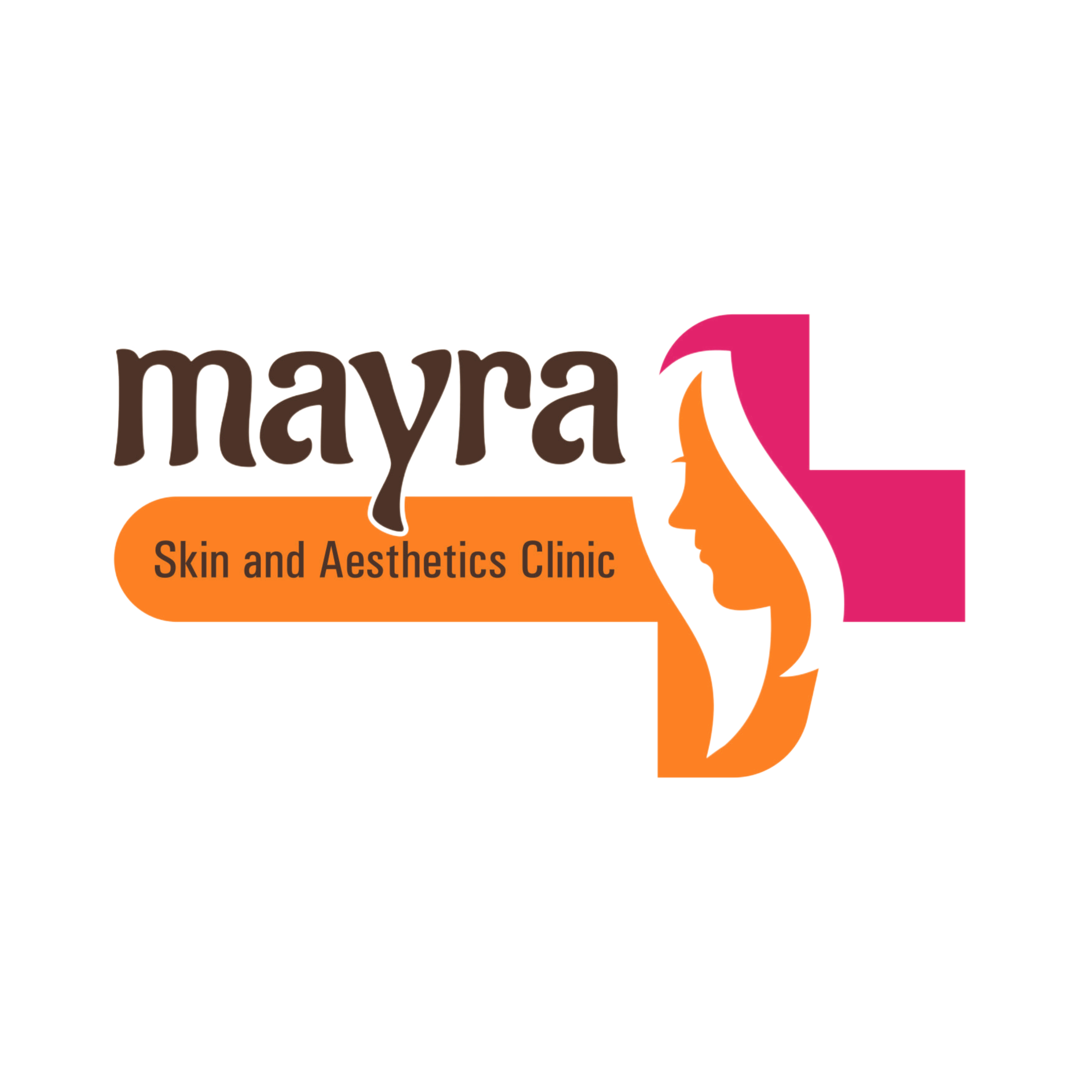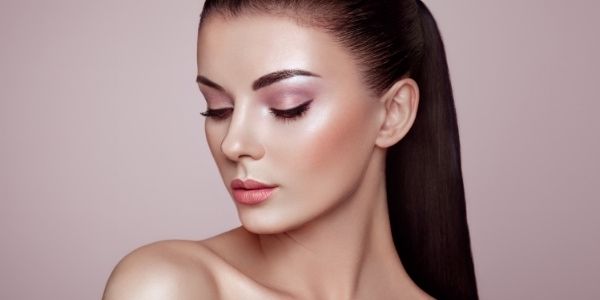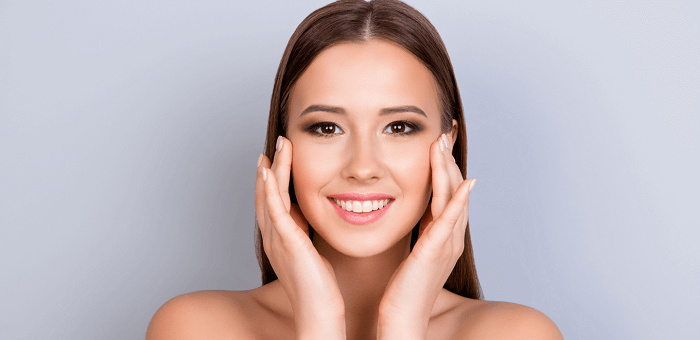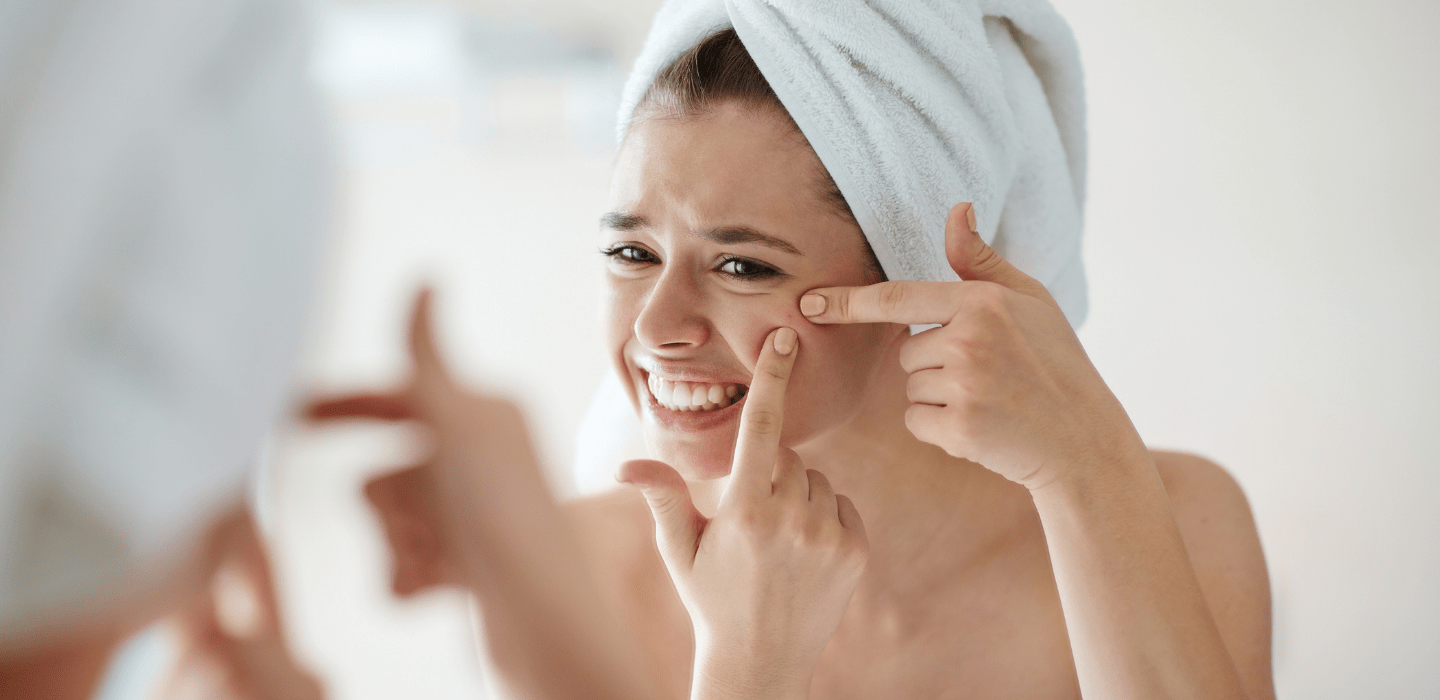Who doesn’t like to have a blushing glow on their skin? After all, having a blushing and glowing skin means that it is healthy. It is fine to have little blush now and then, but if you notice that your skin has a permanent blush or redness than it can be a sign of skin problem.
Normally our skin blushes when the blood flow increases in the inner skin layers, which can happen due to different reasons. But it happens for few minutes after that everything gets back to normal. However, in case of skin conditions like rosacea, things are a little more complicated.
Rosacea is a chronic condition of skin that usually develops in your thirties. It can cause unusual redness around cheeks, nose, chin, and forehead. This happens because of some reasons that makes the skin turn red. Rosacea can also cause acne-like skin conditions by developing small pimples on the affected area.
We are still understanding rosacea, that is the main reason that we don’t exactly know what causes it however, there are assumptions about its causes. One of them is that rosacea develops due to repetitive dilating of blood vessels, which results in their damage causing the blood to enter in skin layers. This damage can remain for a long-time turning the skin red and permanently blushing.
Other than that, various other things are believed to cause rosacea, including additional stress, sunburn, cold weather, exposure to heat, a sudden change in temperature, and things like eating food rich in histamine, food that is extra spicy and has an alcoholic substance in it, are also known for stimulating rosacea.
Several topical medications and treatments may also cause rosacea. For example, several drugs people take to hide wrinkles or to deal with acne. Among the medication and treatments, these are some known chemicals and procedures responsible for causing rosacea like tretinoin, benzoyl peroxide, isotretinoin, microdermabrasion, and certain chemical peel treatments.
One should stop the use of any such irritants the moment any rosacea symptoms appear. Apart from that, it is also believed that mites like Demodex and intestinal bacteria are also considered to be able to cause rosacea.
General Symptoms of Rosacea
The transformation of the skin color is considered as the most common sign of rosacea. This transformation can affect the cheeks, nose, chin, and forehead. However, with time rosacea can spread to other parts of the body, including ears, scalp, neck, and chest.
The affected person may experience visible blood vessels, inflammation, watery and reddish eyes. Also, it can cause small red pimples around the affected area. Rosacea can also cause enlargement of the nose, making it big and red.
Different Types of Rosacea
Rosacea is a common condition of skin that has some simple cause and general symptoms, but researchers have found that rosacea has 4 different types, each with its symptoms and effects. For undergoing effective clinical dermatology treatments for rosacea, it is important to know about them.
The first type of rosacea is called Phymatous Rosacea, which we commonly see. It affects the nose, ears, cheeks, chin, and eye. Other than that, it can also cause the appearance of an irregular skin layer and nodularity on the skin surface. It can also cause nose enlargement dysfunction called rhinophyma.
The second type of rosacea is called Papulopustular Rosacea. It is very similar to acne breakout, which always creates confusion. However, the pimples in rosacea remain red while acne can turn yellowish or white.
The third type of rosacea is called Erythematotelangiectatic Rosacea, in which the blood vessels appear very near to the skin surface. This is also known as telangiectasias.
The fourth type of rosacea is called Ocular Rosacea, which mainly affects the eyes. Its symptoms include itchiness and burning sensation in the eyes and drying of the eyelids.
Know Your Treatment Options
Rosacea is a long-term condition that can develop again, and again that is why it is important to understand that in order to defeat rosacea, you need both skincare treatments and skincare regimes. The skincare treatments for rosacea include topical medication and laser treatments.
The topical medications include creams and gels containing brimonidine and oxymetazoline, which reduces redness. This medication is fast-acting but has temporary effects. While drugs like azelaic acid and metronidazole show results that last long. Other than that, oral anti-biotic and oral acne drugs are also prescribed by the doctors for treating rosacea.
Laser treatments for rosacea are very popular and considered as a suitable treatment option. These treatments use a non-invasion laser, which inducts heat into the skin layers. The hemoglobin present in the blood absorbs the heat and destroys the damaged blood vessels. This reduces skin redness and helps in its restoration.
Conclusion
No clinical or cosmetic dermatology treatments can provide long-lasting results without proper care and a healthy routine. Just like that, rosacea also needs you to pay more attention to your face. Wash it properly and regularly. Avoid anything that can cause this problem and contact a skincare specialist as soon as you notice something on your skin. It will prevent rosacea and will help you avoid significant skin damage.




